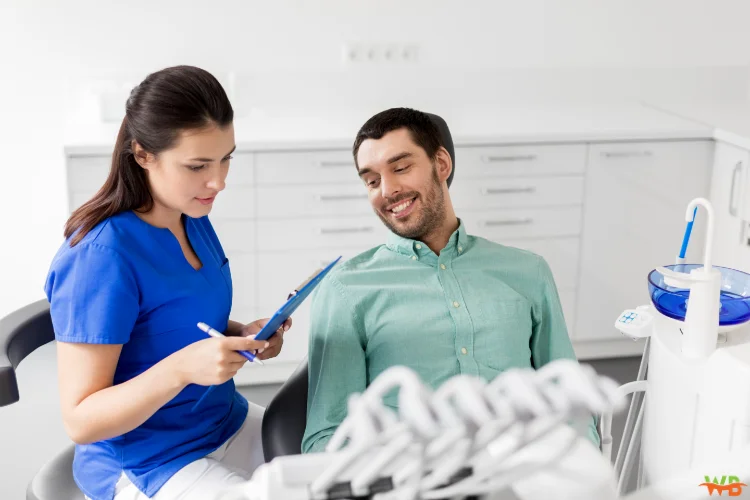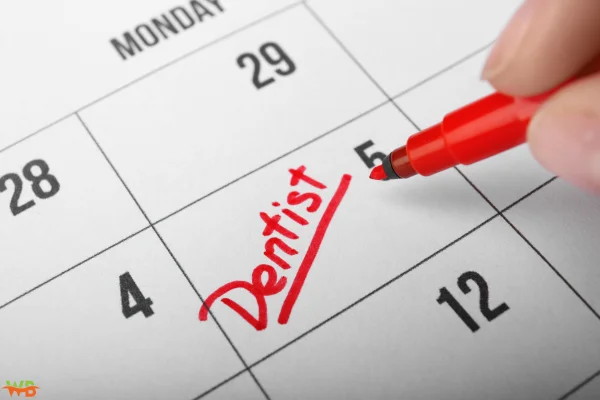
When it comes to keeping your oral health in top condition, regular visits to the dentist are essential. However, many patients may not be aware of the best practices when it comes to interacting with their dental office. In this blog post, we will explore some expert advice for patients on how to navigate the world of dental care effectively. From understanding your dental insurance plan to knowing what to expect during a routine dental check-up, we’ve got you covered with all the do’s and don’ts for a successful dental experience.
Understanding Your Dental Insurance Plan
Before diving into the depths of dental care, one crucial step every patient should take is to thoroughly understand their dental insurance plan. Knowing the ins and outs of your coverage can significantly enhance your dental office experience. Start by reviewing which dental services are fully or partially covered, from routine check-ups to more complex procedures. Familiarize yourself with the co-payment amounts for different types of visits, as this will prepare you for any out-of-pocket expenses you might encounter.
Another vital aspect to investigate is whether your insurance plan limits your choice of dentists to those within a specific network. Selecting a dentist who is not covered by your insurance could lead to higher costs, so it’s essential to make this determination early on. Additionally, be mindful of any yearly maximums or deductibles, as these can affect the timing and type of dental services you opt for within a calendar year.
Lastly, understanding the process for submitting claims, whether you or your dentist’s office will handle it, can prevent any misunderstandings and ensure a smoother billing process. Being proactive and informed about your dental insurance not only avoids unexpected financial surprises but also enables you to fully utilize the benefits available to you, making each dental visit as effective and stress-free as possible.

How to Effectively Communicate with Your Dentist
Effective communication with your dentist is paramount to achieving the best outcomes for your oral health. Start by openly discussing any dental issues or symptoms you’re experiencing, no matter how minor they may seem. It’s essential to share your dental history, including any past procedures or areas of sensitivity. Transparency about your daily oral hygiene routine, including any lapses or challenges, can also guide your dentist in offering personalized advice or treatments.
Be proactive in asking questions about any aspect of your dental care that you’re curious about or concerned with. If you’re facing a diagnosis or a treatment plan, request detailed explanations and explore all possible options. This is particularly important if you have any anxieties or fears about dental procedures, as your dentist can provide reassurances or alternatives to help alleviate your concerns.
Remember, your appointments are an opportunity for dialogue. If you’re unclear about any instructions given, seek clarification to ensure you’re correctly following your care plan at home. Additionally, discuss your long-term oral health goals with your dentist. Whether it’s improving your smile aesthetics or addressing a specific dental issue, setting these objectives together can help tailor your dental care more effectively.
Engaging in open, honest communication not only enhances your dental visits but fosters a stronger patient-dentist relationship, ultimately leading to better care and healthier outcomes.
The Significance of Regular Dental Check-Ups
Ensuring you attend regular dental check-ups is a pivotal step in safeguarding your oral health. These examinations serve as a proactive measure, allowing your dentist to detect early signs of issues such as cavities, gum disease, and even oral cancer before they evolve into more complex conditions. Beyond just identifying problems, these visits are an opportunity for your dentist to provide valuable feedback on your oral hygiene practices and make adjustments to your care routine if necessary. The frequency of these check-ups, typically recommended every six months, is strategically designed to keep your oral health on track and mitigate the need for more invasive procedures down the line.
During these appointments, your dentist can also apply preventative treatments, such as fluoride varnish or dental sealants, to protect your teeth against decay. Furthermore, regular visits build a comprehensive record of your oral health history, enabling your dentist to make more informed decisions and tailor treatments to your specific needs. Engaging in this routine practice of preventative care plays a critical role in maintaining a healthy smile and promoting overall wellness.

Essential Pre-Appointment Preparations
To maximize the efficiency of your dental visit, taking a few preparatory steps can make a significant difference. It’s recommended to follow a detailed oral hygiene routine, including careful brushing and flossing, to keep your mouth as clean as possible. This not only facilitates a smoother examination but also allows your dentist to accurately assess the health of your teeth and gums without obstructions.
Equally important is the gathering of any pertinent documents that might be required during your visit. This includes updating your medical history records to include any new diagnoses or medications since your last visit, as these can influence your dental treatment options. Additionally, ensure you have your current dental insurance information on hand to expedite the processing of any claims or to clarify coverage questions directly with the office staff.
Arriving punctually for your appointment is another key step. This respects both your dentist’s schedule and ensures you have ample time for any preliminary paperwork or discussions before the actual examination begins. Punctuality also reduces stress, making your dental visit a more pleasant experience.
By incorporating these simple yet effective habits into your pre-appointment routine, you’re setting the stage for a productive and stress-free dental visit, allowing both you and your dentist to focus on maintaining and improving your oral health.
What to Anticipate During a Standard Dental Examination
A typical dental check-up begins with a review of your oral health history and any concerns you might have, allowing your dentist to tailor the examination to your specific needs. Your dentist or a dental hygienist will proceed with a meticulous cleaning aimed at removing plaque and tartar buildup that standard brushing and flossing might miss. This stage is crucial in averting cavities and gum disease. After the cleaning, your dentist will carefully examine your teeth, gums, and oral cavity for any potential issues like cavities, gum disease, or early signs of oral cancer.
Digital X-rays may be taken to provide a comprehensive view of your oral health, especially in areas not visible to the naked eye. These images are vital for uncovering hidden issues, like impacted teeth or decay between teeth. Your dentist will also assess your bite and jaw alignment to identify any potential issues. The visit typically concludes with a discussion of your oral health status and recommendations for any needed treatments or improvements in your home care routine. This conversation is an ideal time to ask questions and express any concerns about your oral health or the findings of the examination.

When facing dental procedures, it’s essential to feel informed and comfortable with the process ahead. One crucial step is having a comprehensive conversation with your dentist about what the procedure entails. Understand not only the steps of the procedure itself but also why it’s necessary and how it contributes to your overall oral health. Inquiry about the expected recovery time and any specific follow-up care that may be required is also key.
Preparation is another significant aspect. Depending on the nature of the procedure, your dentist may provide specific instructions to follow beforehand, such as dietary restrictions or medication protocols. It’s imperative to adhere to these instructions to ensure the best possible outcome.
Moreover, if you have concerns about discomfort or anxiety related to the procedure, discuss these with your dentist. Many dental offices offer solutions such as sedation dentistry to help make your experience as comfortable as possible.
Lastly, feel free to inquire about the post-appointment care process without hesitation. Understanding how to care for yourself post-procedure can significantly impact your healing and the long-term success of the treatment. This proactive approach can help demystify the process and alleviate concerns, making your dental procedure experience as smooth and worry-free as possible.
The Importance of Post-Appointment Care in the Dental Office
Adhering to your dentist’s aftercare recommendations is key to the success of your dental treatments and overall oral health. Whether it’s a routine cleaning or a more complex procedure, following through with these guidelines can make a significant difference in your recovery and long-term results. For instance, you may need to avoid hard or sticky foods that could disrupt a recent dental restoration, or you might be advised to apply ice to reduce swelling after an extraction.
Also, implementing a tailored oral hygiene regimen might be necessary to support healing and prevent infection. It’s also important to monitor for any unexpected changes or discomfort following your treatment and to contact your dental office if concerns arise. Promptly addressing these issues can prevent complications and ensure your mouth heals properly. Remember, your commitment to post-appointment care is an integral part of maintaining a healthy smile and achieving the best outcomes from your dental visits.

Salman Khayam is the founder of Wellbeing Junction, where he specializes in synthesizing peer-reviewed research into actionable lifestyle guides. By bridging the gap between scientific data and daily habits, Salman provides evidence-based strategies for skin health, nutrition, and personal growth. Follow his work for trusted, human-first wellness advice.
Discover more from Wellbeing Junction
Subscribe to get the latest posts sent to your email.

